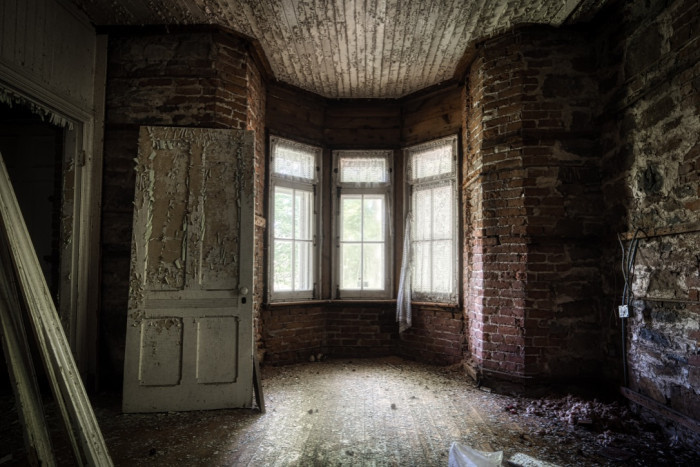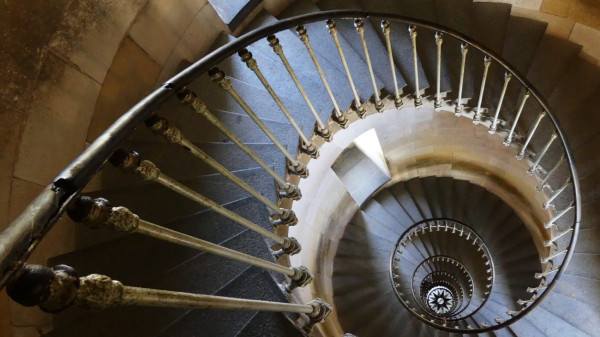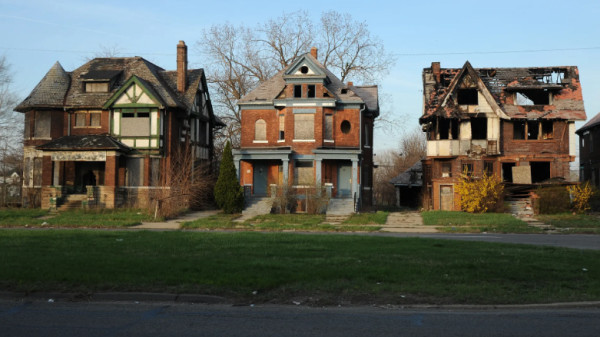How to Renovate Abandoned Properties
During your life you have probably come across one or two abandoned properties you have considered buying or selling.
May 10, 2024

During your life you have probably come across one or two abandoned properties you have considered buying or selling. In both cases, renovation is usually unavoidable. If you are the seller, renovating your property usually increases its appeal to potential buyers and optimizes profit. If you are a buyer, a property renovation allows you to personalize your space, and optimize its resale value. In the case of foreclosed properties, authorities usually put in less effort towards property improvements in hopes that they can pass the burden to the potential buyer. With some time and resources, renovating an abandoned property usually benefits everyone involved.
Assess the Property Condition
The first step of any renovation is evaluating the property’s current condition. The property’s safety, structural, and surface-level elements need to be carefully assessed. To ensure every aspect of the home is accounted for, it’s always a good idea to invest in a professional property inspection. Formal property inspections can pick up on a wide range of issues that can otherwise fall under the radar, including insect infestation, hazardous materials, structural cracks and foundation problems, mold, rusty windows, broken seals, etc. Once the formal assessment is complete, the professional expert can advise how severe the problems are, how to prioritize repairs and provide cost estimates. Once you can compare your total investment cost to the potential resale revenue, you can more easily determine if you want to go ahead with your renovation plan.
Calculate the Cost
Estimating the total renovation budget depends on a variety of factors. Some questions to consider include:
- How much money are you willing and able to spend?
- After the property is inspected, what is the estimated cost for repairs, building code updates, and aesthetic updates?
- Once you have created a comprehensive list of repairs, can you divide them into primary and secondary repairs?
- What level of quality decor, furnishings, and fixtures do you plan to use for your grand reveal?
- How far is the property from neighbors, local amenities, and cities
- Have you completed a market analysis on job opportunities, salary ranges, school district rankings, and crime rates?
- Once you have evaluated job opportunities and salary ranges in the area, how does this compare to your estimated monthly property expenses?
Whenever you are estimating the total renovation cost, always add an additional 10% – 15% as a contingency fund since none of us can predict delays and unforeseen problems.
Renovation, Restoration and Repair
Some of your property features will need restoration rather than a complete renovation. For example, if you purchased a historical abandoned building, you won’t want to completely change its features in order to retain its authenticity. Many historic property elements are better quality than their modern counterparts, making them costlier to repair. Although preserving the property’s original attributes are generally less expensive, repairs are unavoidable.
If you are savvy and patient enough, you can renovate a property within any budget. All it comes down to is reading through the fine print, partnering with experts, obtaining a home inspection, and trusting your Google search skills. By thoughtfully planning out your budget, project, and timeline, you will undoubtedly bring your property vision to life. Life is too short – if you have the time and money take a renovation adventure!

How to Claim a Relative’s Abandoned Property
Any unclaimed property becomes property of the state. So what happens if a relative of yours dies and hasn’t written a will or kept any financial record of it?

Simple Steps to Buy an Abandoned Property in the US
According to the Washington Post, approximately 1.5 percent of all residences in the United States are currently vacant even though the majority of housing markets are lacking homes for sale.

Uncovering the Connection Behind a Minnetonka Home and the Magic of Dayton’s Holiday Displays
A routine look into a home’s past turned into a journey through Dayton’s holiday history, complete with Dickens villages, giant Christmas trees, and Minneapolis nostalgia.

How Economic Downturns Affect Abandoned Properties
Approximately 1.5 percent of all residences in the United States are currently vacant even though the majority of housing markets are lacking homes for sale.